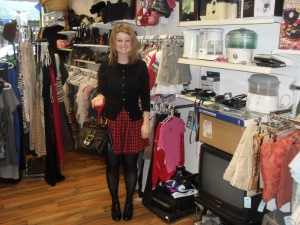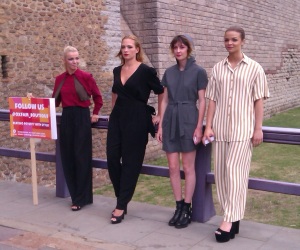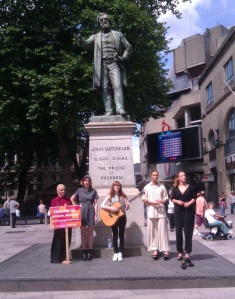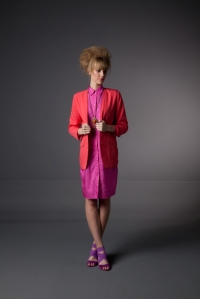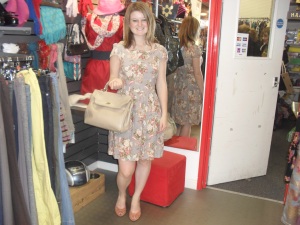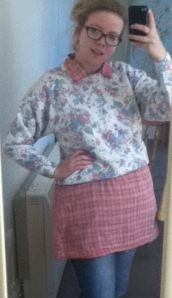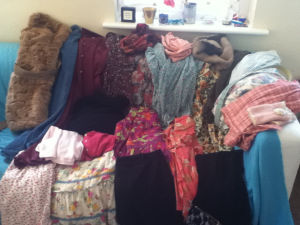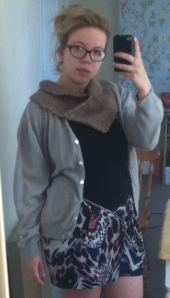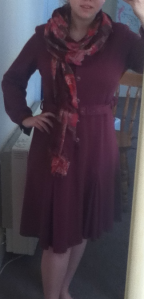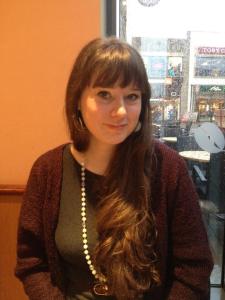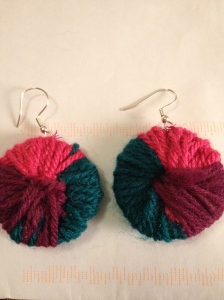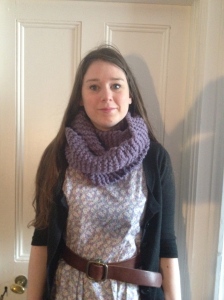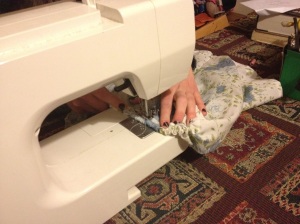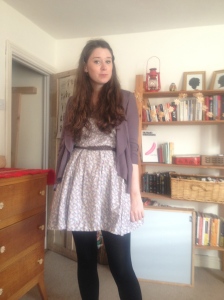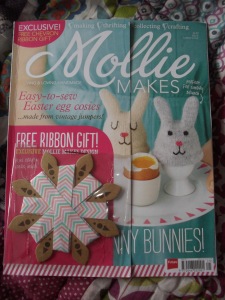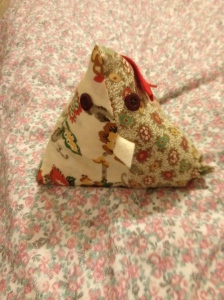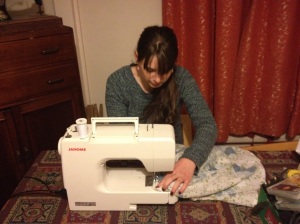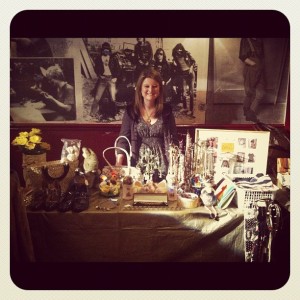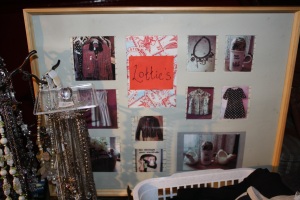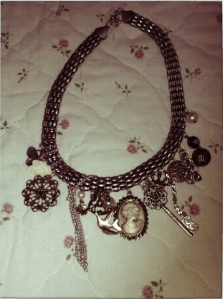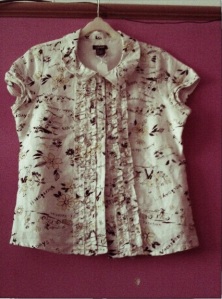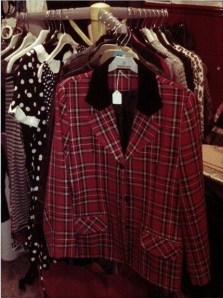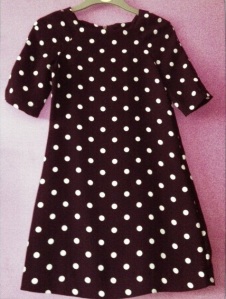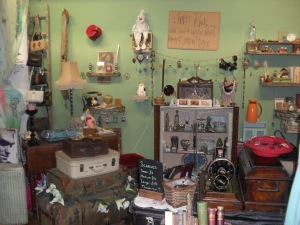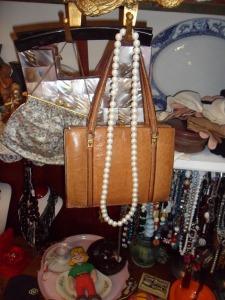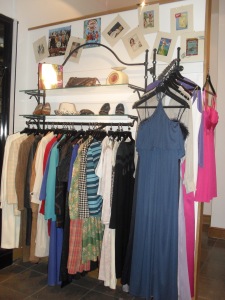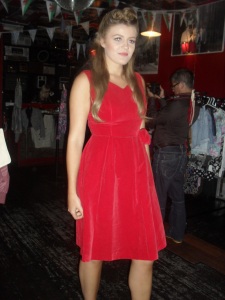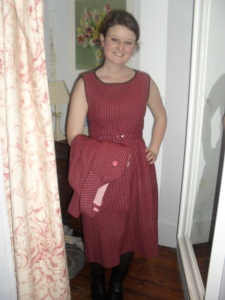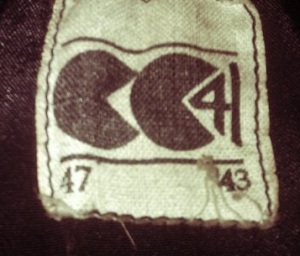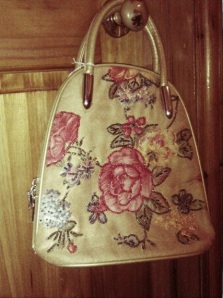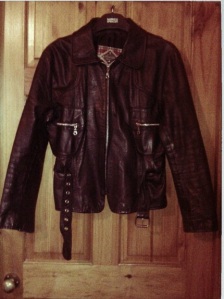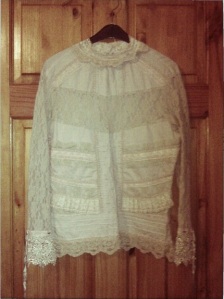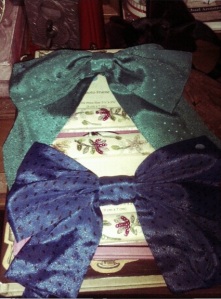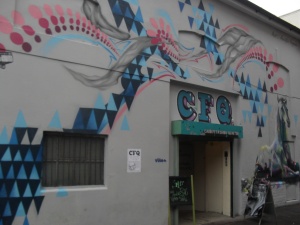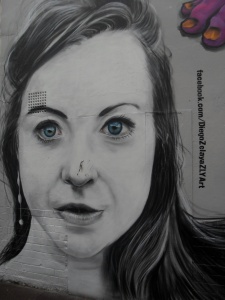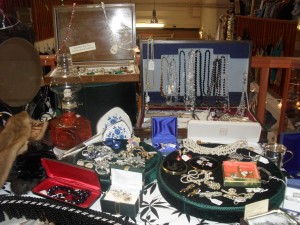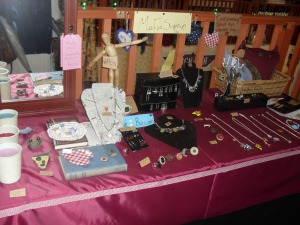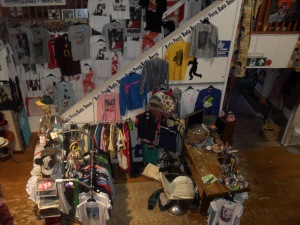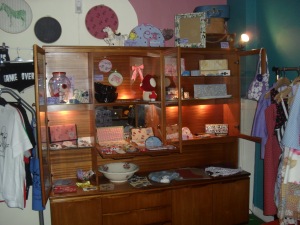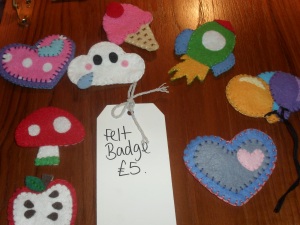A couple of weeks ago, I wrote a piece for Oxfam Boutique’s blog about the benefits of shopping in charity shops. I thought, as buying second hand is a great form of sustainable fashion, I should also share the piece on here:
There are many reasons why shopping in charity shops can be beneficial. Everyone who buys second hand has their own motivations whether that be price, environmental reasons, a desire to help charity or a combination of all these. However, with the Welsh Government looking into proposals to reduce business rate relief for charity shops, I thought it would be a good idea to reiterate the benefits of shopping in charity shops and the reasons people do it.
Ethical reasons
The Rana Plaza factory collapse in Bangladesh earlier this year and the death of 1,132 garment workers revived the debate on the dubious conditions factory employees often have to work in, usually for a wage of £25 a month. Buying from fair trade and ethical brands may be a way to avoid this. However, this may not always be financially viable.
Therefore, although many charity shops may sell clothes which were originally produced by high street brands who engage in the fast fashion culture, buying second hand means the customer is one step removed from the company; they are not buying directly from the company and the company isn’t making a profit from their purchase.
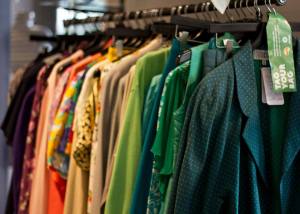 Photo by LJM Photography
Photo by LJM Photography
It helps the environment
Buying from charity shops is a great form of recycling. It’s a way to re-use good quality items that one person may no longer want and may otherwise go to landfill. According to WRAP, approximately 1.4 million tonnes of textiles are thrown away every year in the UK alone. This can lead to an array of problems as certain products, such as synthetic materials, don’t decompose and others that do decompose, such as woollen items, produce methane which leads to global warming.
Further, by buying second hand clothes you can reduce the pressure on ‘virgin’ resources, which can lead to less clothes being produced and reduce the level of pollution in their manufacture and transportation.
It helps charity
By shopping in a charity shop, you are helping the charity that runs that shop. Therefore, the money you spend is going to a worthwhile cause. Oxfam focuses on an array of issues tackling the root causes of poverty including food, water, health, education and gender inequality. Further, they are running several campaigns at the moment, including their Love Syria campaign for which Oxfam Boutique held an awareness-raising Model March event, earlier this month (which you can read about here). For every £1 donated to Oxfam: 43p goes to development work, 36p goes to emergency responses, 9p goes to support and running costs, 7p goes to fundraising and 5p goes to campaigning for change.
It saves money
Clothes are cheaper when you buy them from charity shops and, in many cases, will still have the original labels on or are in such great condition, they are as good as new. Not only can you find great bargains and unique vintage items in charity shops, there will always be an eclectic mix of items on offer. In Oxfam Boutique, as with many other charity shops, people often donate incredible designer and vintage items which are then sold at a fraction of their original price.
Although some high street stores and supermarket chains now sell cheap clothes which can compete with charity shop prices, buying second hand often means your items are more unique, better quality and helping charity – so you can buy them with a completely clear conscience.
